
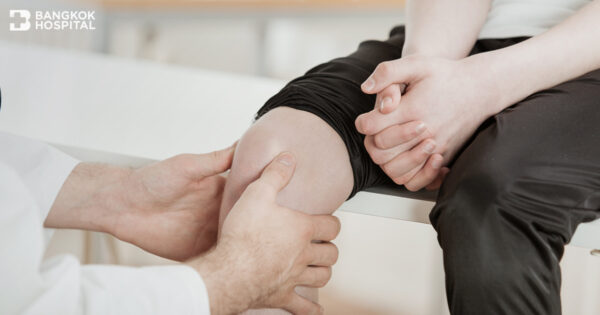
Congenital Bone Disorders in Children
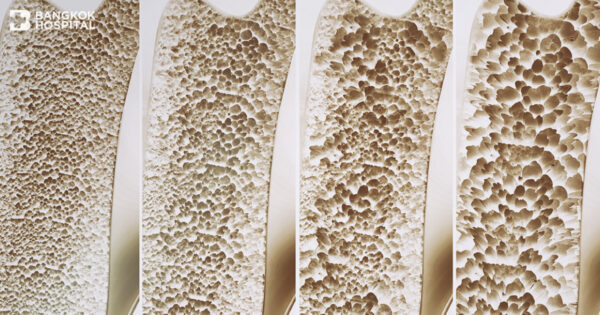
Translated by AI
Osteoporosis is Preventable
Osteoporosis is a disease characterized by the continuous degradation of bone tissue, increasing the risk of fractures. Prevention before the onset of the disease is crucial for osteoporosis management.
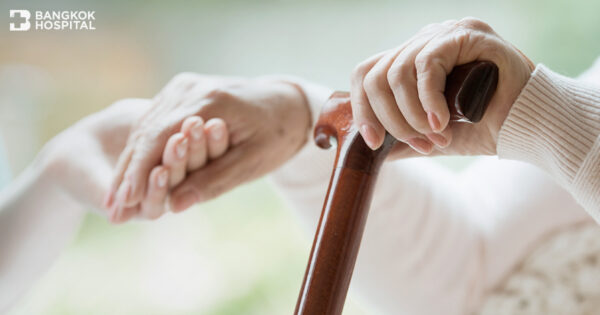
Translated by AI
Stop Nightmares with 8 Techniques to Prevent Falls in the Elderly
8 Simple Fall Prevention Techniques Children Should Know and Use Because if not adequately prepared, falls can result in injuries, disabilities, and death.
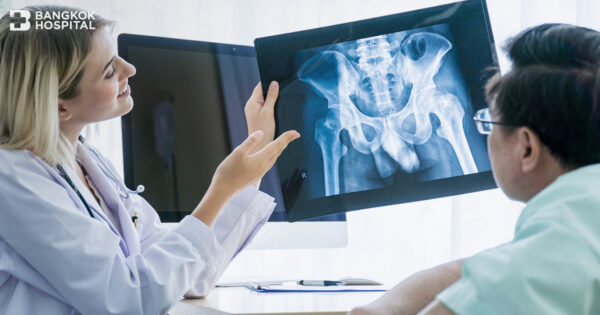
Translated by AI
Osteoporosis, prone to easy bone fractures
Human bones often deteriorate as we age, and having incorrect daily life behaviors can accelerate bone degradation. Osteoporosis is one of the most commonly found diseases.
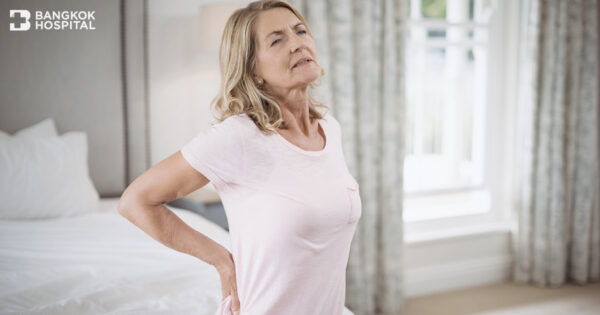
Spinal stenosis : Early treatment substantially results in a better quality of life
Spinal stenosis is one of the most common spinal diseases found in the elderly. Spinal stenosis is described as a narrowing of the spaces within the spine mostly generated by the degenerative discs.
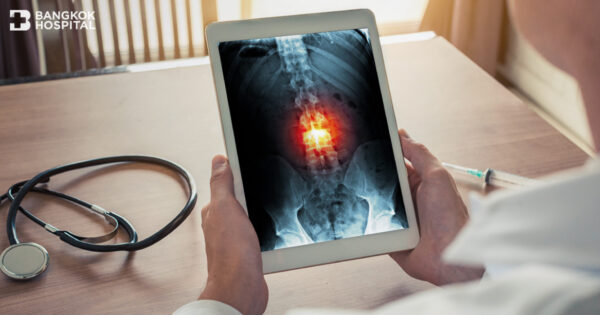
Spot The Warning Signs Of Spinal and Spinal Cord Tumors
Spinal and spinal cord tumors are often overlooked because they are not common and their symptoms resemble those of more common conditions.

MAGEC: An effective spinal surgery to treat spinal scoliosis in children.
Scoliosis is defined as a sideways curvature of the spine that occurs most often during the growth spurt just before puberty.
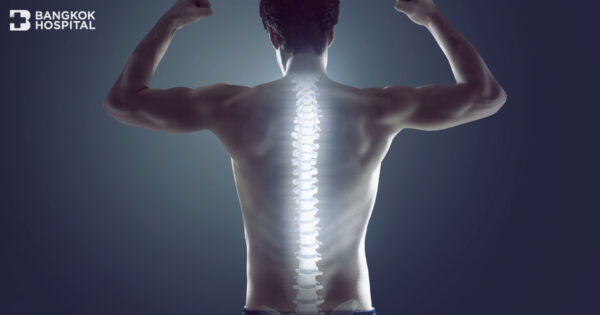
Minimally Invasive Spine Surgery (MISS)
Back and neck problems can affect your life in many ways and finding the underlying cause of your specific issue may not be an easy task.

Scoliosis should not be overlooked! It might happen to all age groups.
Scoliosis might be perceived as one of uncommon spinal disorders. In fact, the disease affects 2-3% of Thai population.

Microscopic Discectomy Stop Back Pain By Microscopic Surgery
Back pain can be uncomfortable and debilitating. Most acute back pain gets better with a few weeks of home treatment.
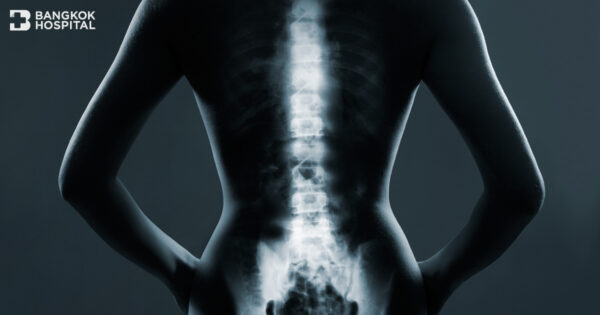
Frequently Asked Questions for Spine Surgery

Microscopic Discectomy: A minimally invasive surgery to treat lumbar disc herniation (herniated disc)
Microscopic Discectomy: A minimally invasive surgery to treat lumbar disc herniation (herniated disc)